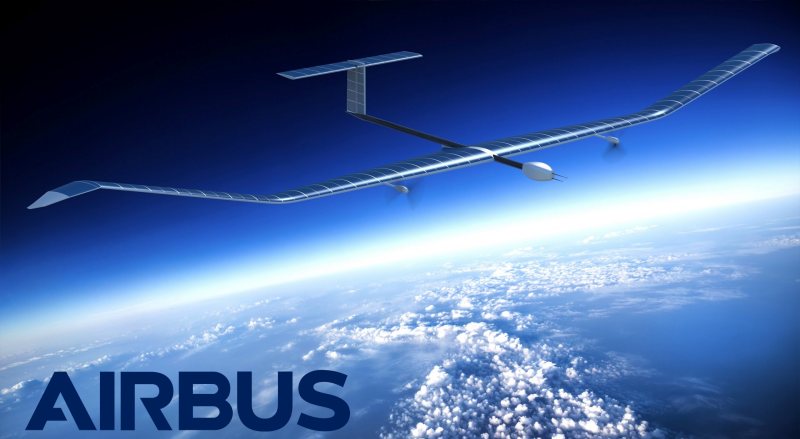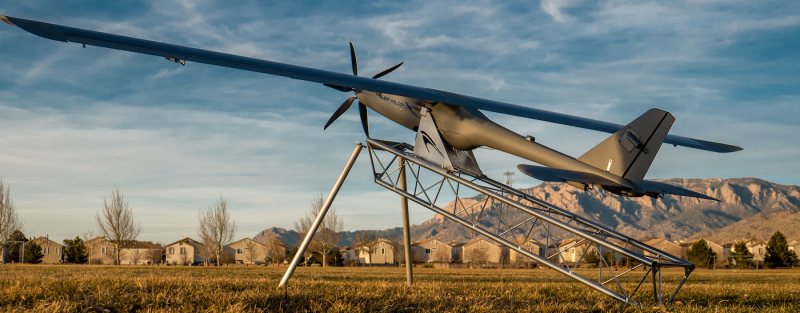
Image: Airbus
Airbus Defence and Space is claiming a new world record for the maiden flight recently completed by its fully solar powered Zephyr S HAPS (High Altitude Pseudo-Satellite) – 25 days, 23 hours and 57 minutes.
“This very successful maiden flight represents a new significant milestone in the Zephyr programme, adding a new stratospheric flight endurance record which we hope will be formalised very shortly,” said Jana Rosenmann, Head of Unmanned Aerial Systems at Airbus.
Zephyr’s latest achievement far outpaces the previous longest flight duration record, which was achieved by a Zephyr prototype aircraft (14 days).
Operating in the stratosphere at an average altitude of 21 kilometers, the Zephyr S has a wingspan of 25 meters and weighs less than 75kg. Enough energy is generated by the drone’s solar cells and stored in its batteries during the day to enable operations throughout the night. As it operates above the clouds, a lack of daytime solar resources is never a problem.
Also in development is the Zephyr T, which has a wingspan of 33m and weighs 140kg. The T’s larger size will enable it accommodate heavier payloads.
In June we reported Wyndham airfield in Western Australia will be used as an operations base for Zephyr. According to Ms. Rosenmann, additional flights to be launched from Western Australia are planned to occur before the end of this year. The recent record flight took off from Arizona.
As well as military and commercial applications, Airbus says the craft can be a useful tool in disaster management and environmental monitoring.
Silent Falcon Selected For DARPA Project
In other recent solar-powered drone related news, last month Silent Falcon UAS Technologies announced its Unmanned Aircraft System (UAS) had been selected by the USA’s Defense Advanced Research Projects Agency (DARPA) for its Stand-off Ubiquitous Power/Energy Replenishment – Power Beaming Demo (SUPER PBD).
Aside from the effort that went into in coming up with that acronym, the project involves attempting to top up the drone’s batteries using a laser pointed at the craft’s solar panels.
But the panels are on top of the wings of the Silent Falcon, so what’s the deal? Apparently, during the testing the laser will be situated on top of a hill, pointing downwards at the drone while it’s in flight.
“SUPER PBD is an innovative project designed to prove the feasibility of recharging an electric powered UAS while in flight using a laser light source, allowing for indefinitely long flight times by using concatenated1 “Fly” and “Fly & Charge” cycles removing the need to land to refuel,” says Silent Falcon.
Currently, Silent Falcon’s solar electric propulsion systems allow it to stay aloft for up to five hours depending on flying conditions. It’s a much smaller and lighter craft than the Zephyr S, weighing just 14.5 kilograms and has a comparatively tiny wingspan of 4.4 metres.
Footnotes
- I had to look that up – concatenated means “link (things) together in a chain or series. ↩


 RSS - Posts
RSS - Posts



Speak Your Mind